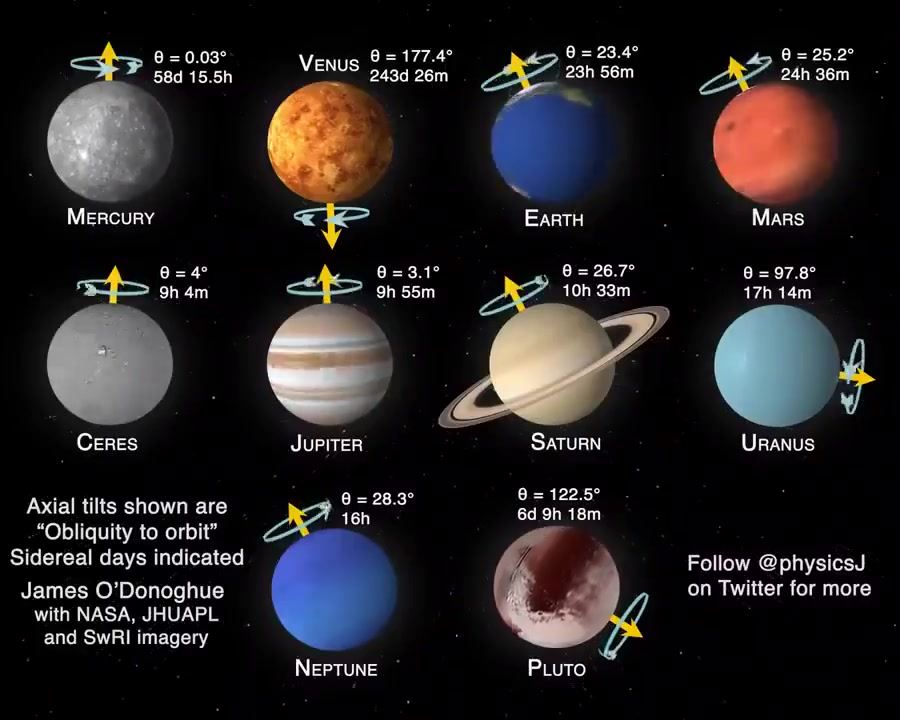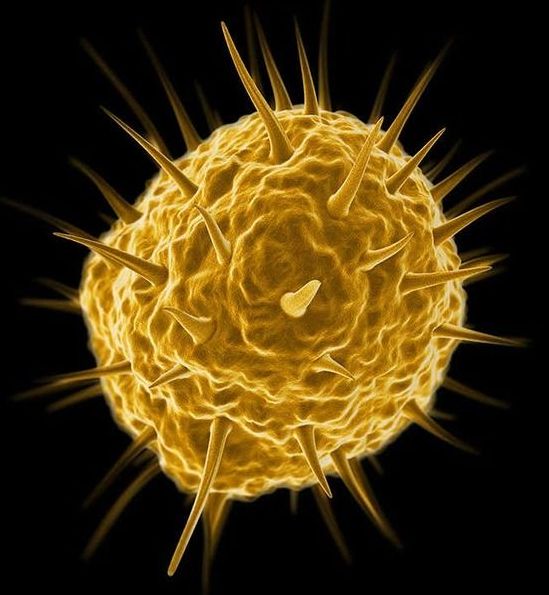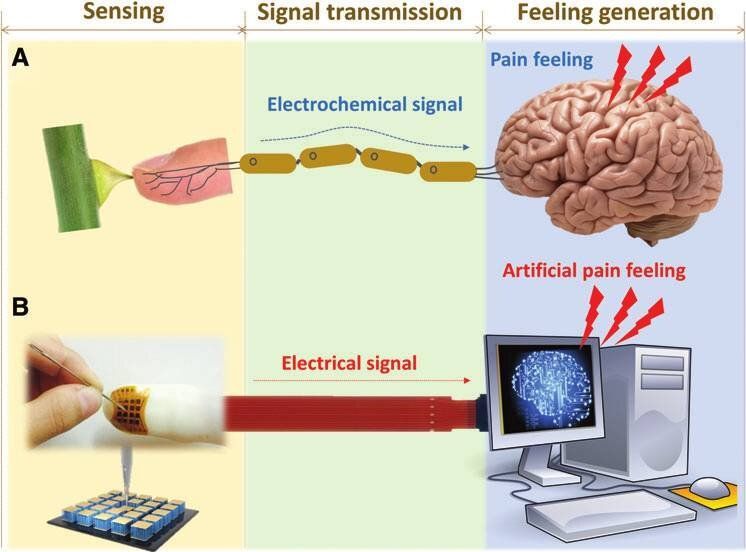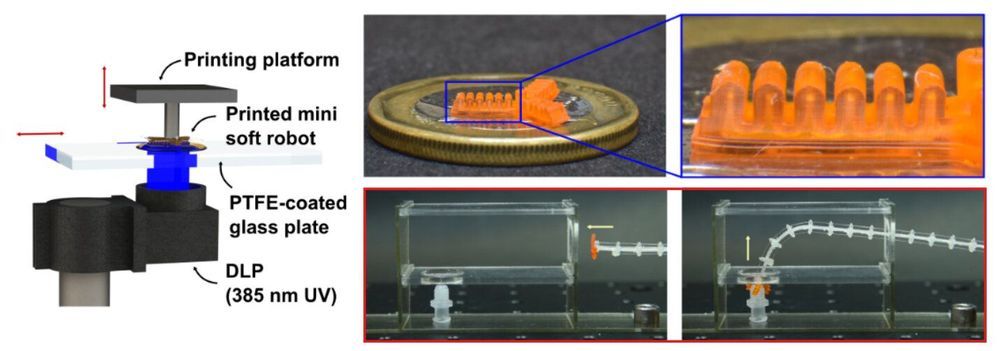Page 7574
Sep 1, 2019
A Tour of the Latest Look at “First Light” from Chandra
Posted by Alberto Lao in category: cosmology

Twenty years ago, NASA’s orbiting Chandra X-ray Observatory beamed back its stunning “First Light” image of Cassiopeia A – but it’s still been checking back in every now and then.
Here’s how the supernova remnant has shifted and flowed in the two decades since go.nasa.gov/30AaeLr
Sep 1, 2019
Existing processors could get a boost from swapping silicon for carbon nanotubes
Posted by Genevieve Klien in categories: bioengineering, computing, nanotechnology
Truthfully, it has been some time since Moore’s law, the propensity for processors to double in transistor count every two years, has been entirely accurate. The fundamental properties of silicon are beginning to limit development and will significantly curtail future performance gains, yet with 50 years and billions invested, it seems preposterous that any ‘beyond-silicon’ technology could power the computers of tomorrow. And yet, Nano might do just that, by harnessing its ability to be designed and built like a regular silicon wafer, while using carbon to net theoretical triple performance at one-third the power.
Nano began life much like all processors, a 150mm wafer with a pattern carved out of it by a regular chip fab. Dipped into a solution of carbon nanotubes bound together like microscopic spaghetti, it re-emerged with its semi-conductive carbon nanotubes stuck in the pattern of transistors and logic gates already etched on it. It then undergoes a process called ‘RINSE,’ removal of incubated nanotubes through selective exfoliation, by being coated with a polymer then dipped in a solvent. This has the effect of reducing the CNT layer to being just one tube, removing the large clumps of CNTs that stick together over 250 times more effectively than previous methods.
One of the challenges facing CNT processors has been difficulty in separating N-type and P-type transistors, which are “on” for 1 bit and “off” for 0 bit and the reverse, respectively. The difference is important for binary computing, and to perfect it, the researchers introduced ‘MIXED,’ metal interface engineering crossed with electrostatic doping. Occurring after RINSE, small platinum or titanium components are added to each transistor, then the wafer is coated in an oxide which acts as a sealant, improving performance. After that, Nano was just about done.
Sep 1, 2019
Giant virus has evolved its own kind of CRISPR to destroy invaders
Posted by Genevieve Klien in category: biotech/medical
By Michael Le Page
The mimivirus is so enormous it has its own kind of CRISPR-like immune system to defend against the smaller viruses that attack it. A team in France has confirmed how it works by transferring the entire system to a bacterium and tweaking it to destroy a different target.
Sep 1, 2019
Diabetes medication to reduce heart disease shows promise
Posted by Genevieve Klien in category: biotech/medical
This is a modal window. This modal can be closed by pressing the Escape key or activating the close button.
Aug 31, 2019
Google’s Stadia game service is officially coming November: Everything you need to know
Posted by Quinn Sena in categories: entertainment, mobile phones
Today, Google has revealed the key details that were conspicuously missing from its March announcement of the new Stadia game streaming service. Namely, what the heck we’re going to be able to play, how much we’ll pay, and when we can get started with the exciting new service — which beams high-end console and PC games to any Chrome web browser, Chromecast Ultra TV dongle or Pixel 3 smartphone from beefy new Google servers.
The short version: Google Stadia will launch in November, in 14 different territories including the US, UK and Canada, with at least 31 games from 21 different publishers, for an initial “Founder’s Edition” price of $130 for a hardware starter kit with three months of premium service, and $10 a month afterwards. There’s a separate free tier coming in 2020.
Pre-orders for the “Founder’s Edition” are now open, and I’ll explain what it is in a tad, but there’s something important you should know first.
Aug 31, 2019
NASA And ESA Considering Sample Return Missions To Dwarf Planet Ceres
Posted by Bruce Dorminey in category: space
Aug 31, 2019
The First Human Head Transplant Was Successful? THE TRUTH || DOCTOR SERGIO CANAVERO
Posted by Joseph Barney in categories: 3D printing, biotech/medical, entertainment, space travel
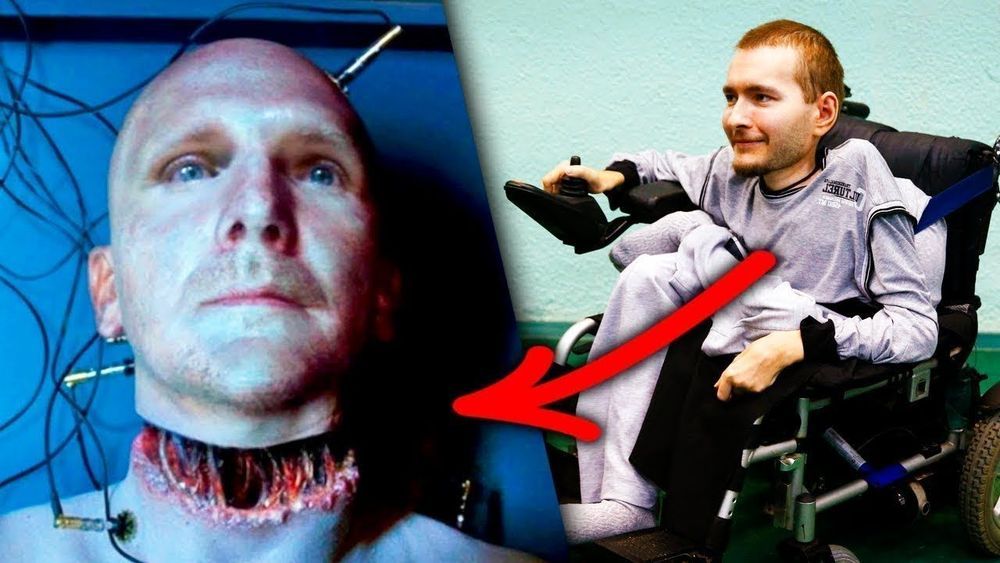
This is interesting because it has today type applications, but I wonder, what about a 3D printed body? Remember the movie Starship Troopers when they repaired that guy’s leg in the water tank thing? I’ve seen similar devices in other movies. Could be easier than removing the head completely and safer, when the ability to print human tissues is feasible.
GUYS HOPE YOU LIKE THE VIDEO PLEASE LIKE AND SUBSCRIBE TO MY CHANNEL AND HIT THE BELL ICON.
Aug 31, 2019
Psychosensory electronic skin technology for future AI and humanoid development
Posted by Saúl Morales Rodriguéz in categories: biotech/medical, cyborgs, engineering, robotics/AI, space
Professor Jae Eun Jang’s team in the Department of Information and Communication Engineering has developed electronic skin technology that can detect “prick” and “hot” pain sensations like humans. This research result has applications in the development of humanoid robots and prosthetic hands in the future.
Scientists are continuously performing research to imitate tactile, olfactory and palate senses, and tactile sensing is expected to be the next mimetic technology for various applications. Currently, most tactile sensor research is focused on physical mimetic technologies that measure the pressure used for a robot to grab an object, but psychosensory tactile research on mimicking human tactile sensory responses like those caused by soft, smooth or rough surfaces has a long way to go.
Professor Jae Eun Jang’s team has developed a tactile sensor that can feel pain and temperature like humans through a joint project with Professor Cheil Moon’s team in the Department of Brain and Cognitive Science, Professor Ji-woong Choi’s team in the Department of Information and Communication Engineering, and Professor Hongsoo Choi’s team in the Department of Robotics Engineering. Its key strengths are that it has simplified the sensor structure and can measure pressure and temperature at the same time. Furthermore, it can be applied on various tactile systems regardless of the measurement principle of the sensor.
Aug 31, 2019
Researchers develop process flow for high-res 3D printing of mini soft robotic actuators
Posted by Saúl Morales Rodriguéz in categories: 3D printing, robotics/AI
Soft robots are a class of robotic systems made of compliant materials and capable of safely adapting to complex environments. They have seen rapid growth recently and come in a variety of designs spanning multiple length scales, from meters to submicrometers.
In particular, small soft robots at millimeter scale are of practical interest as they can be designed as a combination of miniature actuators simply driven by pneumatic pressure. They are also well suited for navigation in confined areas and manipulation of small objects.
However, scaling down soft pneumatic robots to millimeters results in finer features that are reduced by more than one order of magnitude. The design complexity of such robots demands great delicacy when they are fabricated with traditional processes such as molding and soft lithography. Although emerging 3D printing technologies like digital light processing (DLP) offer high theoretical resolutions, dealing with microscale voids and channels without causing clogging has still been challenging. Indeed, successful examples of 3D printing miniature soft pneumatic robots are rare.
